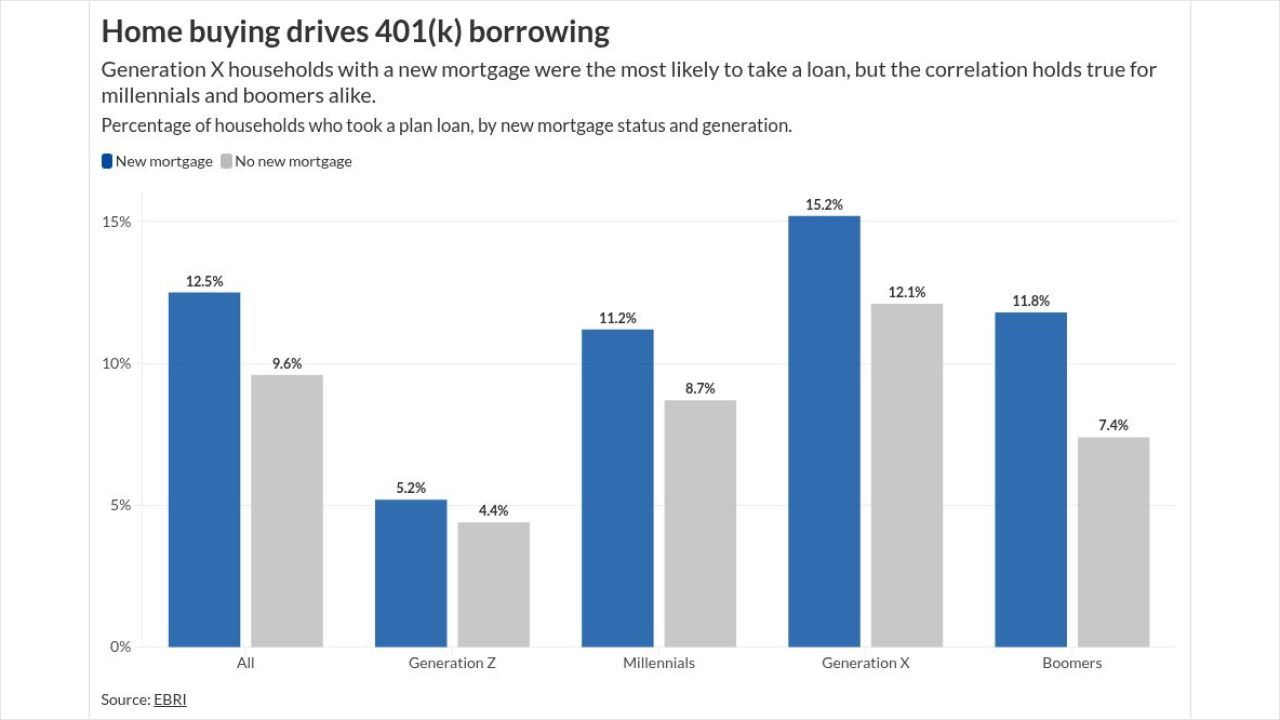Only 34% of American adults correctly identified the plans as educational savings tools, in a
With "529 Day" just around the corner, on May 29, advisors have a perfect opportunity to discuss with clients whether the plans make sense for them and how to use them optimally. States, which sponsor the plans, will be celebrating the manufactured occasion with

"With the current economic challenges we're facing, such as rising interest rates and inflation, many individuals are shifting their priorities from saving for long-term goals to ensure they have enough to cover everyday expenses," Steve Rueschhoff, a principal at Edward Jones who leads Managed Investments and Insurance, said of the new survey results. He added that he wasn't sure of the exact reason for the drop in awareness, but other firm research had shown Americans became more interested in 529 enrollment after learning about the plans' many benefits.
The price of college in America is growing at an
Expensive school or not, failing to save in advance can be a costly mistake — and one that a 529 plan can play a big role in averting.
A
Contributions to a 529 aren't deductible for federal purposes, but qualified withdrawals for school expenses are tax-free. Several states
Read more:
By starting early and relying on the investments to compound over time, the accounts can grow sizably over the years through regular contributions. The plans don't have annual contribution limits; lifetime contribution limits for a beneficiary vary by state, but
There were

"We do see this as an opportunity for financial advisors to initiate these conversations with clients, especially as we are in the height of graduation season and approaching back to school," Rueschhoff said.
Amid recent legislation, there's all the more reason to make full use of a 529. A provision in the
Read more:
The 529 account has to be open for at least 15 years before being rolled into a Roth IRA. Contributions and growth from the past five years can't be shifted over, and annual contributions to the Roth IRA would be
If 529 dollars are used for non-educational expenses, the account owner owes federal and state taxes, as well as a 10% penalty, on the earnings withdrawn. Previously, if a saver was stuck with money in an account because their child didn't go to college, the only way to get the funds out was to pay the tax bill.
Financial Planning spoke with several advisors on common challenges they see when helping clients with 529 plans. Here are five, and tips on how to address them.











